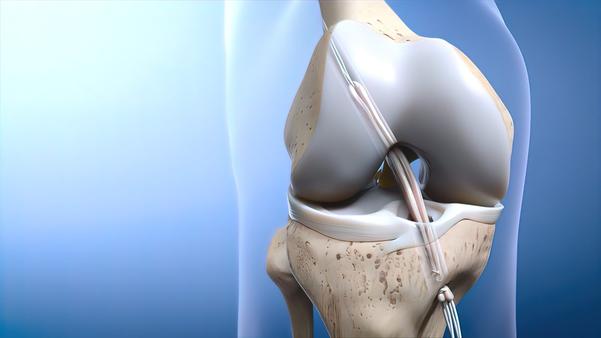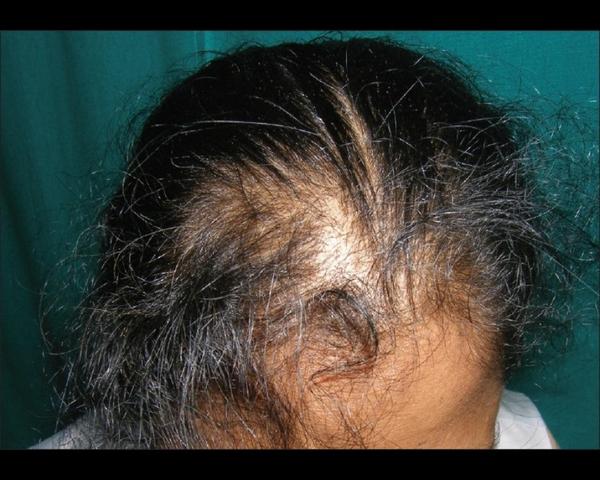
Infrared Coagulation (IRC) for Hemorrhoids: A Non-Surgical Treatment Option
Infrared Coagulation (IRC) is a minimally invasive, effective treatment for Grade I and II hemorrhoids that involves the use of infrared light to coagulate the blood vessels within the hemorrhoidal tissue. It is performed in a non-surgical setting and provides an alternative to more invasive treatments like hemorrhoidectomy or rubber band ligation.
At Sukhayu Hospital, Canada Corner, Nasik, Maharashtra, we offer IRC as a safe and efficient solution for patients suffering from hemorrhoidal symptoms who seek a less invasive approach.
What is Infrared Coagulation (IRC)?
Infrared Coagulation (IRC) is a procedure that uses infrared light to apply heat to the blood vessels within the hemorrhoid. This causes the blood vessels to coagulate, or clot, which leads to the shrinking and eventual elimination of the hemorrhoidal tissue. The coagulation process reduces the blood flow to the hemorrhoid, causing it to shrink and fall off in the days following the procedure.
This procedure is primarily used for Grade I and II internal hemorrhoids, which are characterized by mild to moderate symptoms such as bleeding, itching, or discomfort.
How is IRC Performed?
The IRC procedure typically follows these steps:
- Preparation:
- The patient is positioned comfortably on an examination table, usually in a lithotomy position (lying on the back with the legs raised). Local anesthesia is usually not required as the procedure causes minimal discomfort.
- Application of Infrared Light:
- Using a special device called an infrared coagulator, the doctor directs a focused beam of infrared light at the hemorrhoid. The light is applied to the hemorrhoidal tissue, specifically targeting the blood vessels. The heat causes the blood vessels to clot and seal, effectively stopping the blood flow to the hemorrhoid.
- Post-Treatment Care:
- After the procedure, the hemorrhoidal tissue will shrink and eventually be reabsorbed by the body. The entire procedure usually takes only 10-15 minutes.
- Follow-Up:
- Patients will typically be advised to follow up in a few weeks to monitor the progress and ensure the hemorrhoids have been successfully treated.
Drugs and Anesthesia Used in IRC
- Local Anesthesia:
- In most cases, local anesthesia is not necessary for IRC since the procedure is relatively pain-free. However, a topical numbing agent or lidocaine may be applied to the area for added comfort, especially if the patient is anxious or experiencing significant discomfort.
- Analgesics:
- Over-the-counter pain relievers such as ibuprofen or acetaminophen may be recommended after the procedure if the patient experiences mild discomfort.
When is IRC Recommended?
Infrared Coagulation is recommended for patients with:
- Grade I and II Hemorrhoids: These are internal hemorrhoids that may cause bleeding, itching, and discomfort but are not prolapsed (i.e., they do not protrude from the anus).
- Bleeding Hemorrhoids: IRC is particularly effective for hemorrhoids that cause persistent rectal bleeding.
- Desire for Non-Surgical Treatment: Patients who wish to avoid surgery and prefer a less invasive treatment option may benefit from IRC.
Pros of Infrared Coagulation (IRC)
- Minimally Invasive:
- IRC is a non-surgical treatment that requires no incisions, stitches, or hospital stay.
- Quick and Painless:
- The procedure is fast, usually lasting around 10-15 minutes, and most patients experience minimal discomfort during the procedure.
- Minimal Recovery Time:
- Patients can typically return to normal activities immediately after the procedure, with little to no downtime required.
- High Success Rate:
- IRC has a high success rate for Grade I and II hemorrhoids, especially when used for bleeding hemorrhoids. It effectively stops the blood flow and shrinks the hemorrhoidal tissue.
- Low Risk of Complications:
- Since the procedure is minimally invasive, the risk of complications, such as infection or excessive bleeding, is low.
Cons of Infrared Coagulation (IRC)
- Limited Effectiveness for Advanced Hemorrhoids:
- IRC is most effective for Grade I and II hemorrhoids. It may not be suitable for Grade III or IV hemorrhoids, which often require more advanced treatments such as hemorrhoidectomy.
- Multiple Sessions May Be Needed:
- In some cases, multiple IRC sessions may be required to treat the hemorrhoids completely, especially if they are large or have been present for a long time.
- Temporary Discomfort:
- After the procedure, patients may experience mild discomfort, including a sensation of fullness or pressure in the rectal area. This usually resolves within a few days.
- Risk of Recurrence:
- While IRC can effectively reduce hemorrhoidal symptoms, there is a risk of recurrence, especially if the underlying cause (e.g., constipation or straining) is not addressed.
Postoperative Care and Recovery
After Infrared Coagulation (IRC), patients can follow these simple guidelines for optimal recovery:
- Pain Management:
- Most patients experience minimal pain. Over-the-counter pain relievers like ibuprofen or acetaminophen may help alleviate any mild discomfort.
- Dietary Recommendations:
- A high-fiber diet and plenty of fluids are important to prevent constipation and avoid straining during bowel movements. This will aid in faster recovery and reduce the chances of recurrence.
- Avoid Strenuous Activities:
- Patients should avoid heavy lifting and strenuous physical activities for a few days after the procedure to prevent putting undue pressure on the treated area.
- Monitor for Complications:
- While complications are rare, patients should be aware of signs of infection, such as increased pain, swelling, or discharge, and contact the doctor if any concerns arise.
Conclusion
Infrared Coagulation (IRC) is a highly effective, minimally invasive treatment for Grade I and II hemorrhoids, offering a quick, safe, and low-risk solution for patients who want to avoid surgery. The procedure can significantly reduce or eliminate symptoms like rectal bleeding and itching with little downtime and a low complication rate.
If you're suffering from hemorrhoidal symptoms and are looking for a non-surgical option, consider IRC at Sukhayu Hospital. Contact us at 7420004242 to learn more about this innovative treatment and to schedule a consultation.








